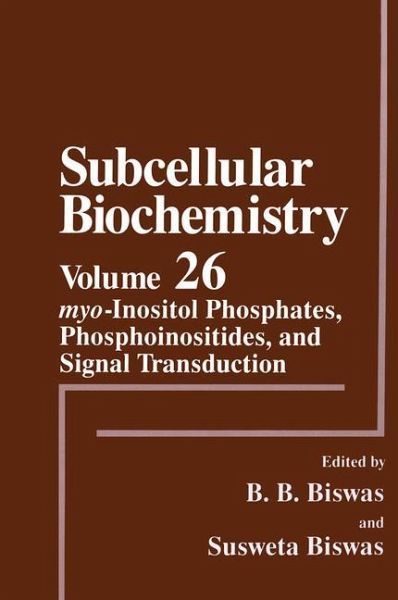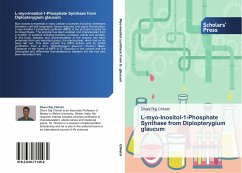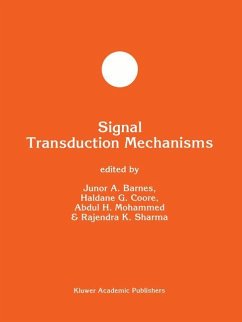
myo-Inositol Phosphates, Phosphoinositides, and Signal Transduction

PAYBACK Punkte
39 °P sammeln!
`The heterogeneity of topics...is very ambitious, and the result is, overall, successful because of the high quality of the individual contributions....highly recommended.' - American Scientist , from a review of a previous volume Volume 26 examines the emerging areas of signal transduction based on myoinositol phosphates and Ca 2+ while focusing on plant and animal responses. Chapters explore synthesis, separation, and identification of different inositol phosphates.














